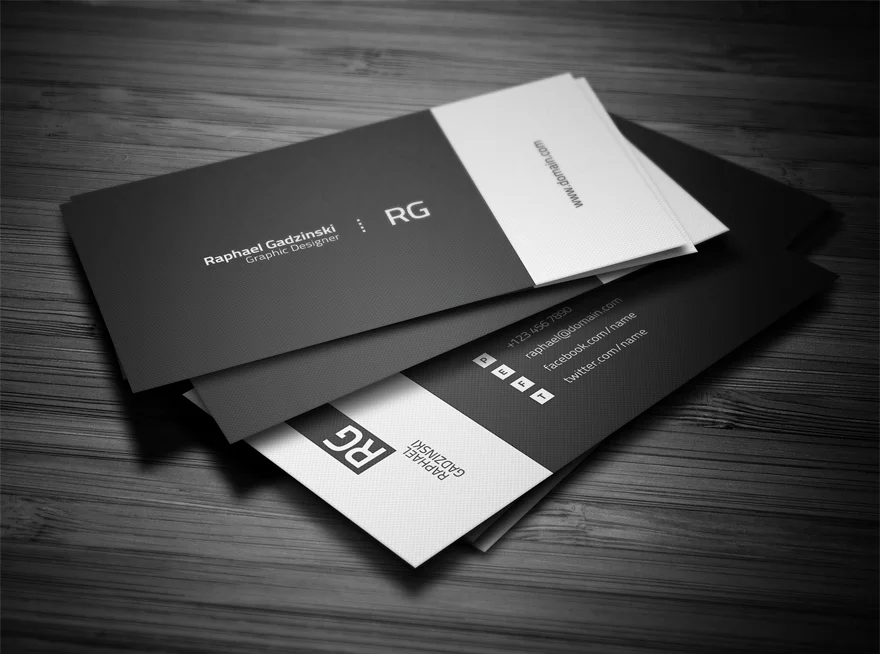The Importance of Business Cards in Networking
In the world of business, networking is crucial for success. Business cards serve as a tangible representation of your brand and contact information, allowing you to make a lasting impression during networking events, meetings, or casual encounters. They offer a convenient way to share your details without relying on digital devices, which may not always be available. A well-designed business card can convey professionalism and attention to detail, reflecting your brand’s values and personality. It is essential to ensure that your business card stands out in a sea of options, as this could be the first step in establishing valuable connections.
Key Elements of an Effective Business Card
An effective business card should include essential elements that communicate who you are and what you do. The most critical components are your name, job title, company name, phone number, email address, and website. Consider including your social media handles, particularly if you use platforms relevant to your industry, such as LinkedIn or Instagram. Design plays a significant role in ensuring your business card captures attention. Choose a professional font, use high-quality materials, and select colors that align with your brand identity. Additionally, incorporating a logo can help reinforce brand recognition. Remember that simplicity is key; too much information can overwhelm the recipient, making it harder for them to remember you.
Choosing the Right Design and Material
The design and material of your business card can significantly influence its impact. Opt for materials that feel substantial, as a high-quality card can leave a positive impression. Traditional cardstock is a popular choice, but consider alternatives such as plastic, metal, or recycled materials for a unique touch. When it comes to design, choose a layout that is clean and easy to read. Minimalist designs are often more effective, as they draw attention to the critical information. Pay attention to color theory; certain colors evoke specific emotions and associations. For instance, blue conveys trust and professionalism, while red can signify energy and passion. Ensure that your design aligns with your brand’s image and values, creating a cohesive look across all marketing materials.
The Future of Business Cards in a Digital Age
As technology continues to evolve, many may wonder about the future of business cards. While digital tools like virtual networking apps and social media have changed how we connect, the value of a physical business card remains strong. A business card provides a personal touch that digital means often lack. In a world inundated with emails and online profiles, a well-crafted business card can stand out, serving as a memorable keepsake for potential clients or partners. To stay relevant, consider integrating technology into your business cards, such as QR codes that link to your website or portfolio. This blend of traditional and modern approaches ensures that your business card remains a vital tool in networking and branding, adapting to the needs of the contemporary business landscape.
In conclusion, business cards continue to play a pivotal role in professional networking, serving as a bridge between your brand and potential clients or collaborators. By focusing on the essential elements, choosing the right design and materials, and understanding the future of business cards, you can ensure that your cards effectively represent you and your business. Embrace this timeless tool and make the most of every networking opportunity.Virtual Business Cards




Leave a Reply